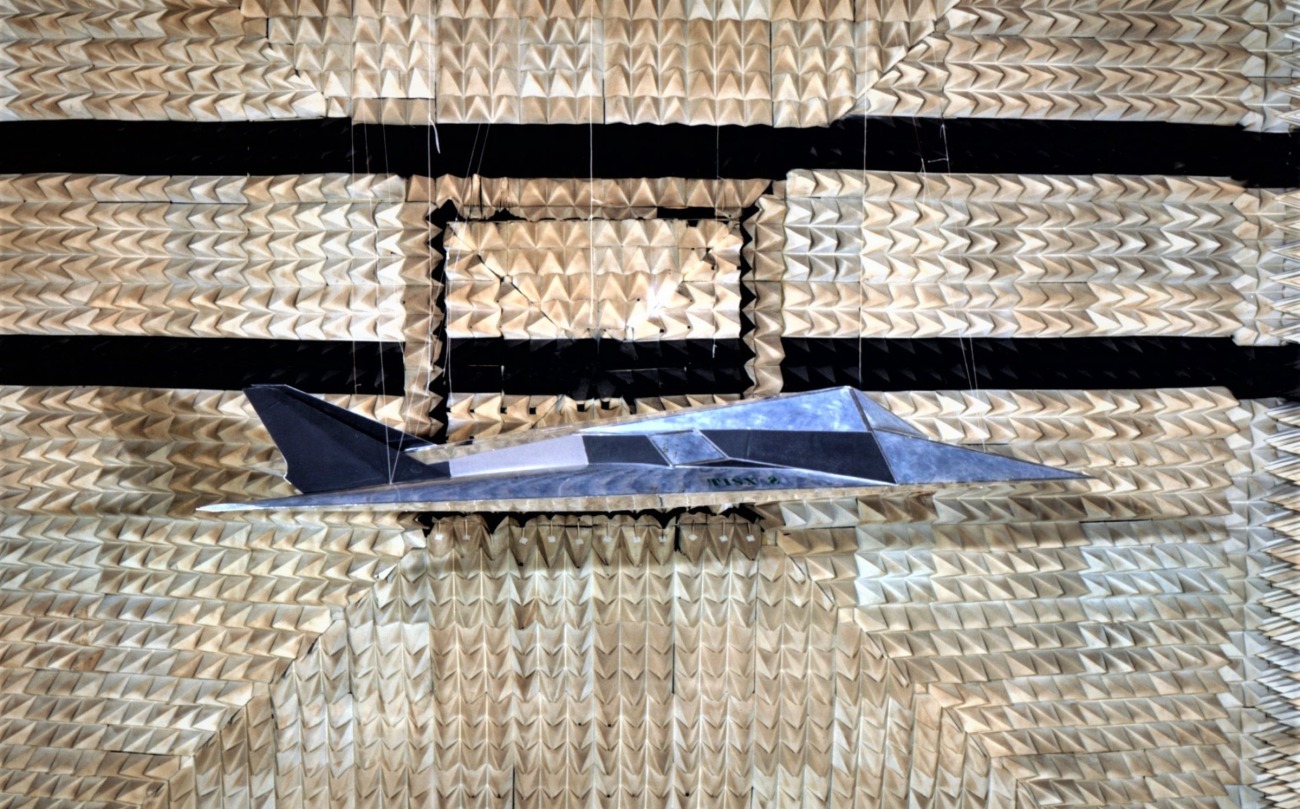World
U.S. Stealth Fighter Shot Down! How Vintage Russian Missile ‘Flummoxed’ World’s 1st Stealth Jet — F-117 Nighthawk

Over four decades ago, the first stealth tech demonstrator took to the skies, leading to the creation of the world’s first stealth aircraft. Its development was so secretive that its existence came to be known only seven years after it became operational.
F-117 Nighthawk, the world’s first operational stealth aircraft, came into being in response to the need for a jet fighter that could evade the enemy’s radar completely.
In the summer of 1975, the Defense Advanced Research Projects Agency (DARPA) held a competition. In the competition Lockheed Martin Skunk Work’s design demonstrated “unmatched low observability” and won the competition. This resulted in the contract for ‘Have Blue,’ the stealth demonstrator that led to the F-117 Nighthawk.
Have Blue’s maiden flight was in 1977 and the F-117 production became a reality. The aircraft’s first flight took place in 1981, just 31 months after the contract award, and deliveries began in 1982.
The aircraft achieved its operational capability in 1983, but its existence remained hidden from the public. The program was only acknowledged publicly in 1988, and it made its first formal public appearance in 1990.
The F-117A first saw combat during Operation Just Cause on December 19, 1989, when two F-117As from the 37th TFW attacked military targets in Panama.
The F-117A again saw combat during Operation Desert Shield/Storm in 1990-1991. During Operation Desert Storm, the F-117As flew 1,271 sorties, achieving an 80 percent mission success rate, and suffered no losses or battle damage. A total of 59 F-117As were built between 1981 and 1990.
The aircraft’s first public viewing at Nellis Air Force Base drew thousands of people. A grainy image of the F-117 featured on the May 1989 cover of Aviation Week & Space Technology. The aircraft was finally retired in 2008.
There has been an opinion that even though the F-117 is called a ‘stealth fighter,’ it is not actually a fighter. The platform is actually an attack aircraft, so its designation should have been A-117, like the A-10 Thunderbolt II or the AC-130 Ghostrider.
To be designated as a “fighter” aircraft, a platform is supposed to have the capability to engage other aircraft in the air. The F-117, however, was designed to engage ground targets. The Nighthawk had no guns and a maximum payload capacity of only two 2,000-pound bombs.
In an interview on the Fighter Pilot Podcast, retired Michigan Air National Guard Maj. Robert “Robson” Donaldson recalled that the F-117 was technically capable of carrying and firing air-to-air missiles despite no F-117 ever doing so (at least as far as the Pentagon has admitted).
During its service, only one F-117 was lost.
Nighthawk Down
Once, a Soviet-vintage Pechora missile flummoxed the Nighthawk.
On March 27, 1999, a rainy night, a Soviet-vintage Pechora did what has not been done so far—shoot down a stealth fighter. The US Air Force’s F-117 stealth fighter Nighthawk, the supersecret “Black Jet,” was on a night mission in Yugoslavia when the Serbian Pechora shot it down. The pilot had to eject behind enemy lines.
“I took off from Aviano Air Base, Italy. I flew the F-117 to the target and dropped two 2,000-lb—laser-guided weapons on a very specific target in the Belgrade area. I came off the target 20 nautical miles northwest of Belgrade when it happened,” the F-117 pilot, whose name has been withheld, later recalled.
Neither the pilot nor the Air Force want to say more about how the Serbs shot down an F-117 except that the culprit was “an enemy missile system.” Two aircraft were shot down during the Kosovo campaign: The other was an F-16 Fighting Falcon.
The F-117 was shot down at 8:38 pm; by 1:00 am, Serbian television was showing footage of civilians dancing around the burning, crumpled wreckage of the stealth fighter, with its serial number (82-806) and other markings visible.
The F-117 was developed in the 1980s under a “black program” and was unveiled only in 1989 when 50 of these fighter jets were already flying.

The Serbian battery commander Colonel Dani Zoltan, whose missile later downed the F-117, explained how he turned his Soviet-vintage SA-3 ‘Pechora’ missiles into lethal weapons. He had search and control radars and a TV tracking unit.
The SA-3 missiles that entered service in 1961 were not considered a major threat to NATO aircraft. NATO’s electronic countermeasures during their bombing missions have been demoralizing for the Serbian troops. But Zoltan tweaked his system to achieve the kills.
In addition to bringing down the two fighter jets, Zoltan forced many bombers to abort their missions in the face of unexpectedly accurate missiles.
After studying the American countermeasures and their F-117 fighter jet, Zoltan realized that the biggest threat he faced came from the HARM (anti-radar missiles) and electronic detection systems deployed by the Americans. The Colonel ditched all cell phones and radio communication and relied on landlines and foot messengers for his communication.
His network of human intelligence would alert him when the enemy aircraft got airborne. The colonel tweaked his serac radar to get a lock on the stealth fighter jet. After that, he would switch on his tracking radar for a minimal amount of time, making it difficult for the Americans to take him out with their HARM missiles.
The SA-3 was guided from the ground, and Zoltan needed to take short-range shots at American bombers to get accurate shots and to stop them from using jamming and evasive maneuvers to make the missile miss. The F-117 he shot down was only 13 kilometers away. Zoltan overcame the stealth by using a modified long wavelength of his radar system.
In other words, the primitive long wavelength radars that the Serbs used are like “prodding for something in the dark using a long stick.” The Serbs extended their wavelengths to make the “stick” even longer, piercing through F-117’s “invisible cloak.”
The Americans later suggested that the downed F-117 did not have electronic attack support. According to most accounts, the night aircraft was shot down was the only one where EA-6B Prowlers were not present to take out enemy’s radars.
Nighthawks mostly flew combat missions with support from jamming aircraft, including EF-111 Ravens and EA-6B Prowlers. The F-117s lacked any defensive countermeasures of their own and relied on its stealthy shaping and radar-absorbent material to evade radars.
The F-117s did not have onboard threat-detection equipment, making F-117 pilots nearly oblivious to incoming missiles. They had another major weakness. Every time the pilot opened the wheel well or bomb bay doors, their low-observability rate decreased.












